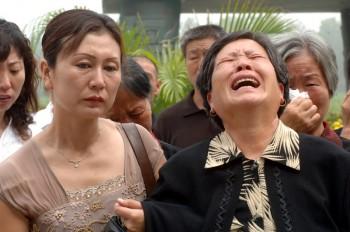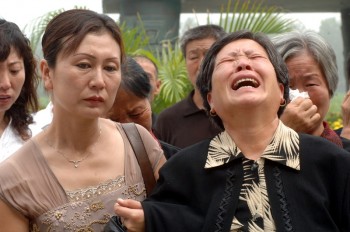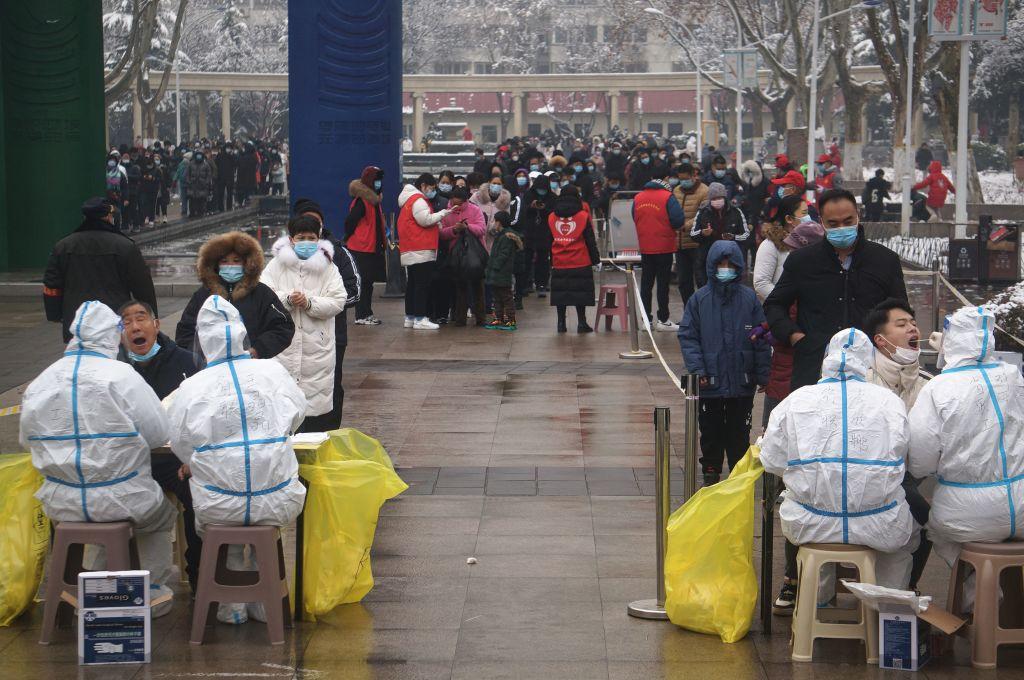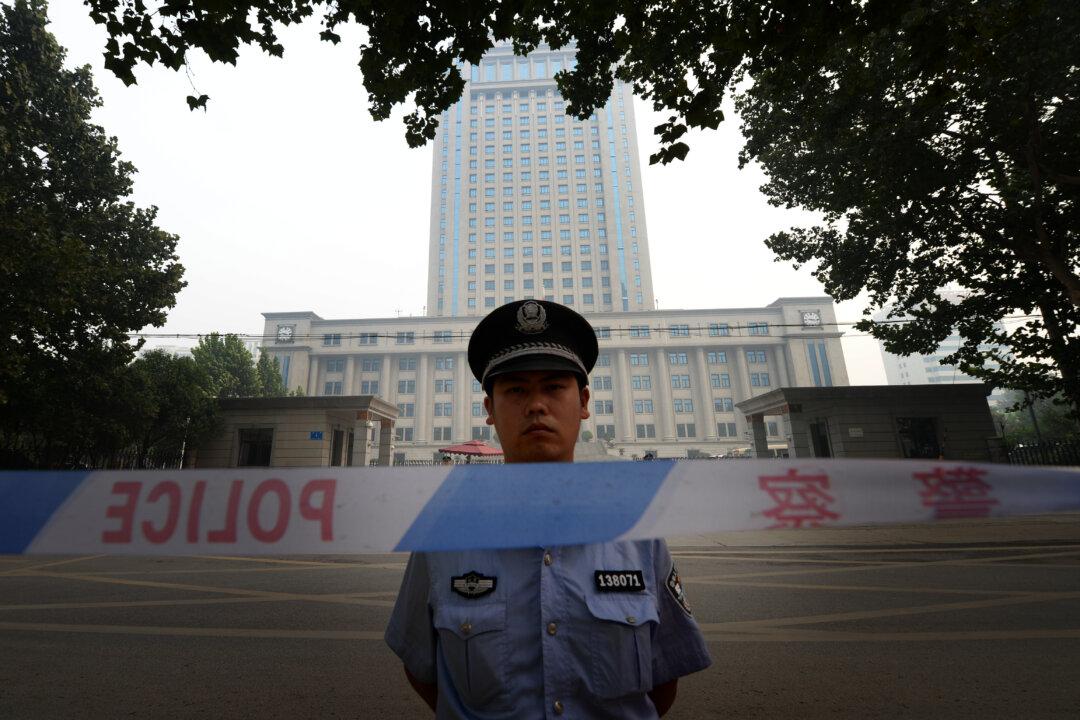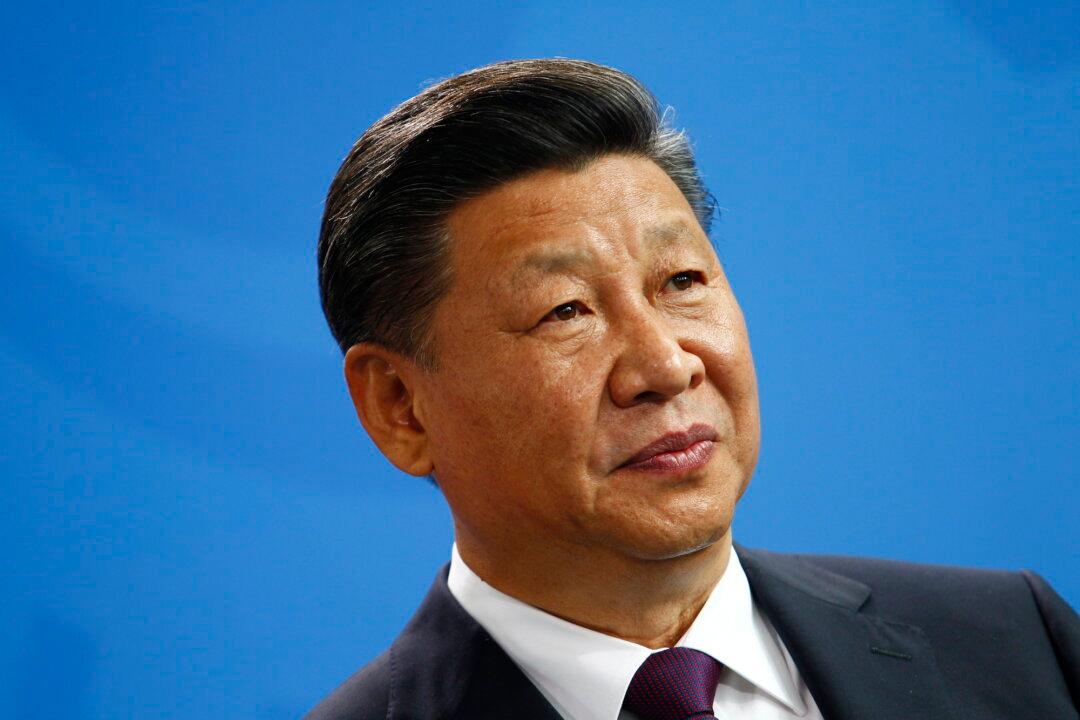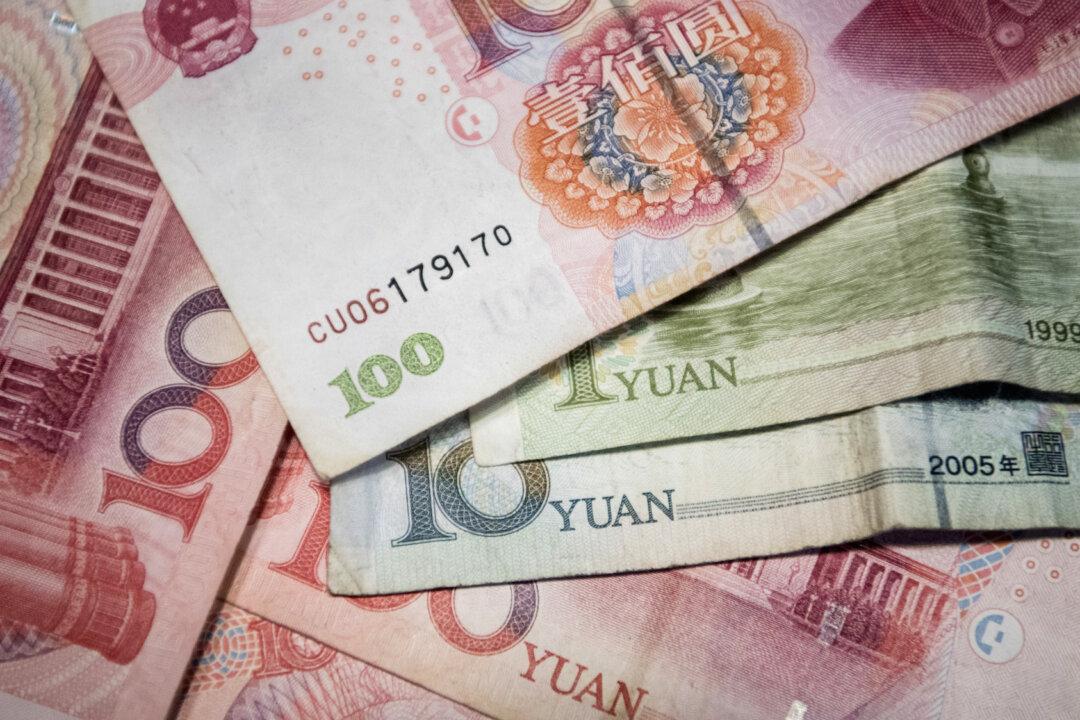The Tangshan Earthquake 35 Years On
On July 28, 1976, a magnitude 7.8 earthquake hit Tangshan City, Hebei Province, China, killing 240,002 people and wiping out over 7,000 families.
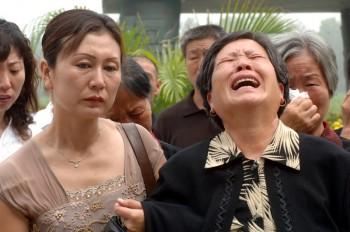
The citizens of Tangshan City held a memorial service at the Earthquake Memorial Wall in 2006 to mourn those that perished on July 28 during the Tangshan Earthquake. Some people could not contain their emotions and wept openly during the service. Epoch Times photo archive
|Updated:
